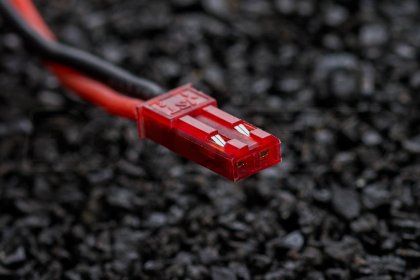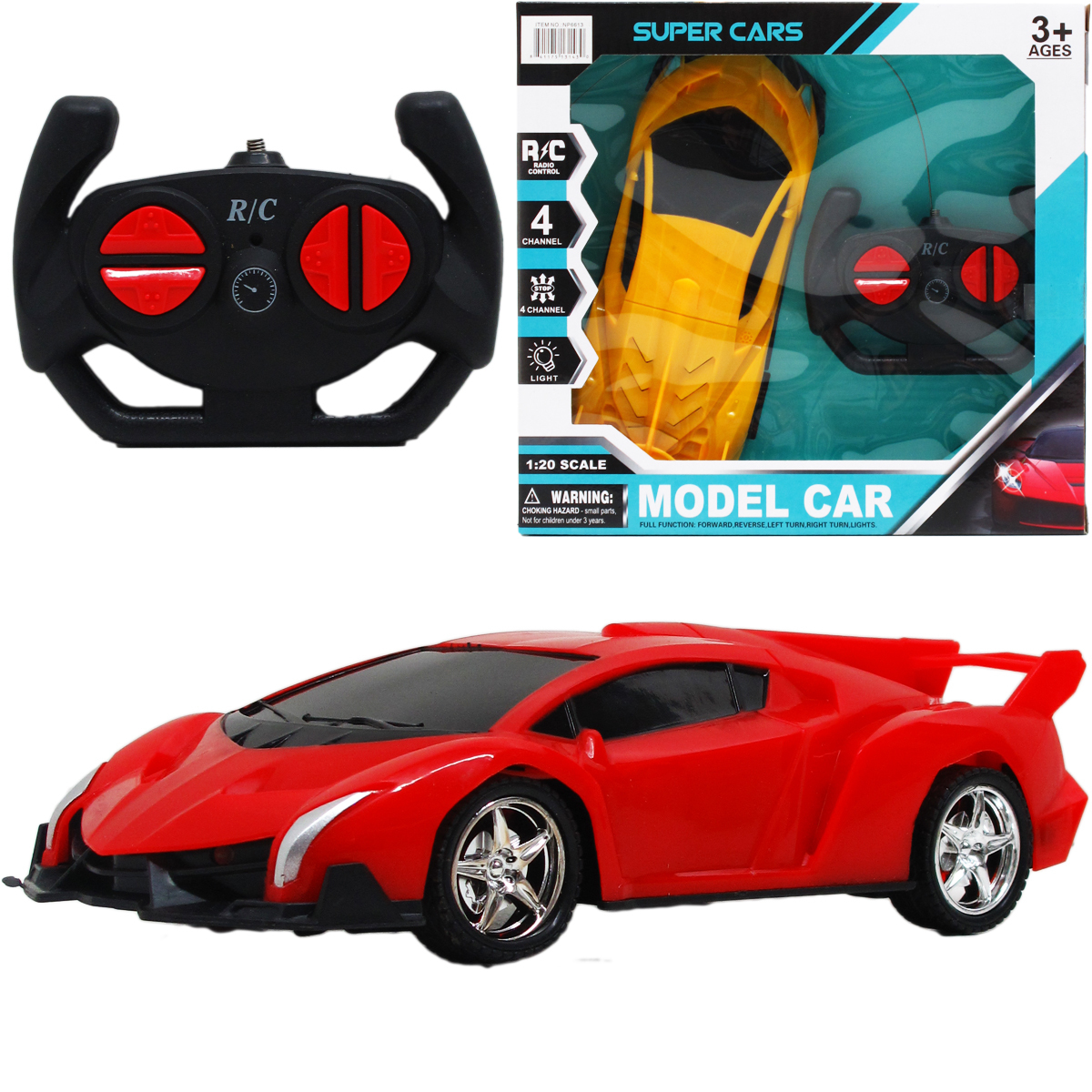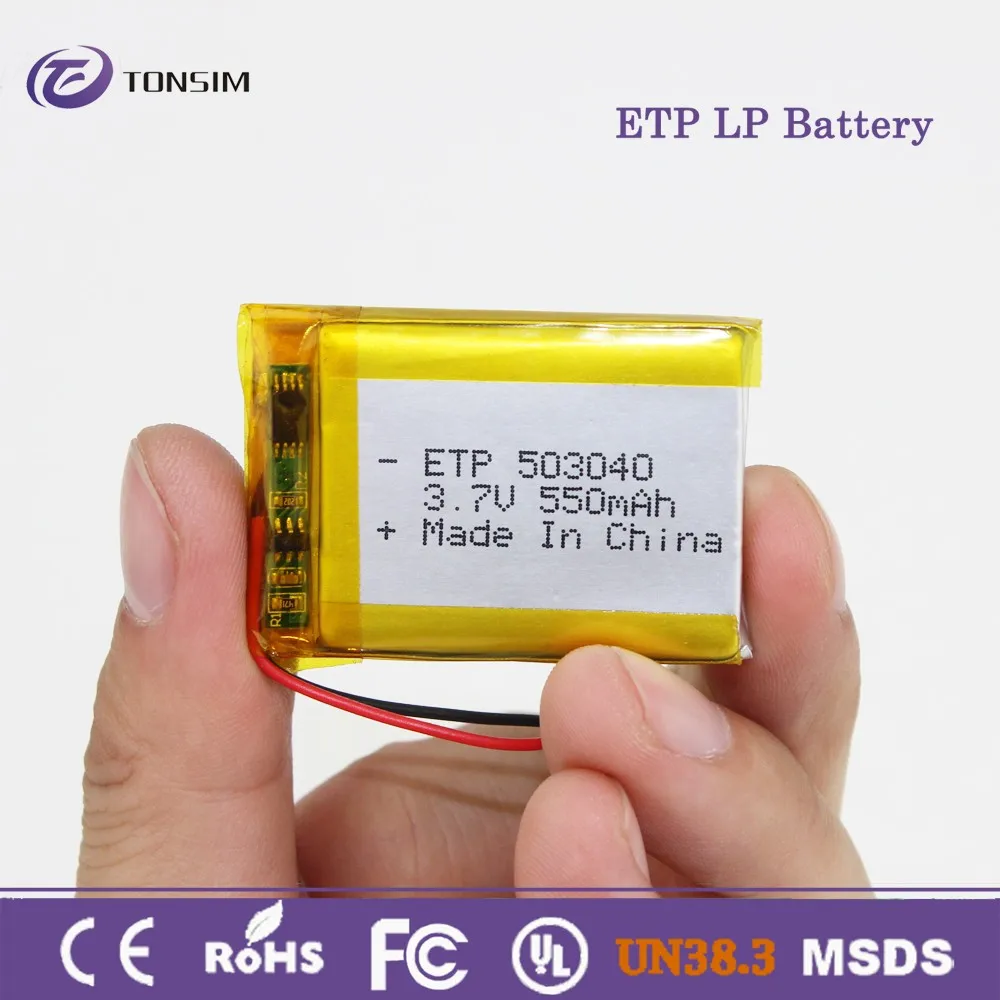
The principle is the same, but since a single LiPo cell delivers 3.7 volts, LiPo packs have fewer cells for a given voltage. These may be referred to as “6-cell” and “7-cell” packs, or they may be referred to by their voltage: 7.2 volts and 8.4 volts (since 6 x 1.2 = 7.2, and 7 x 1.2 = 8.4). A single NiMH cell delivers 1.2 volts, and NiMH batteries are most commonly offered with six or seven cells. The voltage of a battery pack is determined by how many cells it has. Your vehicle’s power system is designed to handle a certain amount of voltage, and exceeding that voltage will (at the very least) shut the system down if it has “over voltage protection,” or (at worst) fry the electronics. You’ll find two important numbers on any battery: capacity (here, 5250mAh) and voltage (7.4V for this MaxAmps pack).Īs with capacity, more volts is better-to a point. Or, if you put it on a 5 amp load, it will run longer than an hour. If you have a 6000mAh battery, it can hold a 6 amp load for an hour. Divide the mAh rating by 1000, and you get amps. We get “5” from “5000” because a milliamp is 1/1000 of an amp.
#Remote control car battery connector full
If your battery is rated at 5000mAh, that means it can hold a steady 5-amp load for a full hour. “Bigger number = longer run time” is all you really need to know, but it’s helpful to understand what the mAh rating actually means. The big number on the battery label (3300, 4000, 5000 etc.) indicates its capacity in milliamp hours, which is generally shortened to “mAh.” The greater the number of mAh, the longer your car will run per charge (and conversely, the longer it will take to recharge the pack). Will run per charge) and voltage (which determines how much speed and Or LiPo, is their capacity (which determines how long your car or truck

The important things to consider when looking at batteries, whether NiMH

Most LiPos used in RC cars are 2- or 3-cell configurations. LiPo batteries are assembled with flat slab-like cells. The downside is cost (LiPos are more expensive than NiMH, but the gap is narrowing), and care - LiPos require a specific care regimen for longest life and safe use. Instead of delivering less and less voltage throughout your run, a LiPo will hold a steady voltage for most of your run, then fall off quickly at the end of the charge. Also contributing to that “feeling of power” (often called “punch”) is the LiPo’s ability to maintain its voltage longer as the pack is depleted. A LiPo battery is lighter than a NiMH of similar voltage and capacity, which helps your model feel more powerful. LiPo batteries are generally sold as accessories, but there are RTR models that include them.

#Remote control car battery connector tv
NiMH packs are constructed with cylindrical cells (usually 6-8 of them) like those we’ve been dropping into flashlights and TV remotes for years. Once you start driving, your car goes slower with each passing minute.

However, they’re heavier than a LiPo battery of similar voltage and capacity (we’ll get to those terms), and their voltage decreases steadily as the pack is discharged. Nickel-metal packs are rugged, inexpensive, and don’t require much in the way of special care. If you purchased a ready-to-run (RTR) model with an included battery, chances are it’s a NiMH. The chemistry-class names refer to the essential materials within the battery that react to store and release energy as electricity, and each has its pros and cons. There are two essential types of batteries used to power electric models: Nickel-Metal Hydride (NiMH) and Lithium Polymer (LiPo). Here’s everything you really need to know… As with so many aspects of our amazing hobby/sport, you can go super-deep into battery tech if it really interests you - but it’s hardly a requirement for making an informed battery choice and understanding the types of batteries we use in radio control. Batteries make everything go in RC, even in nitro-powered models - sure, the engine burns fuel, but you aren’t going anywhere without a battery on board to power the receiver and servos.


 0 kommentar(er)
0 kommentar(er)
